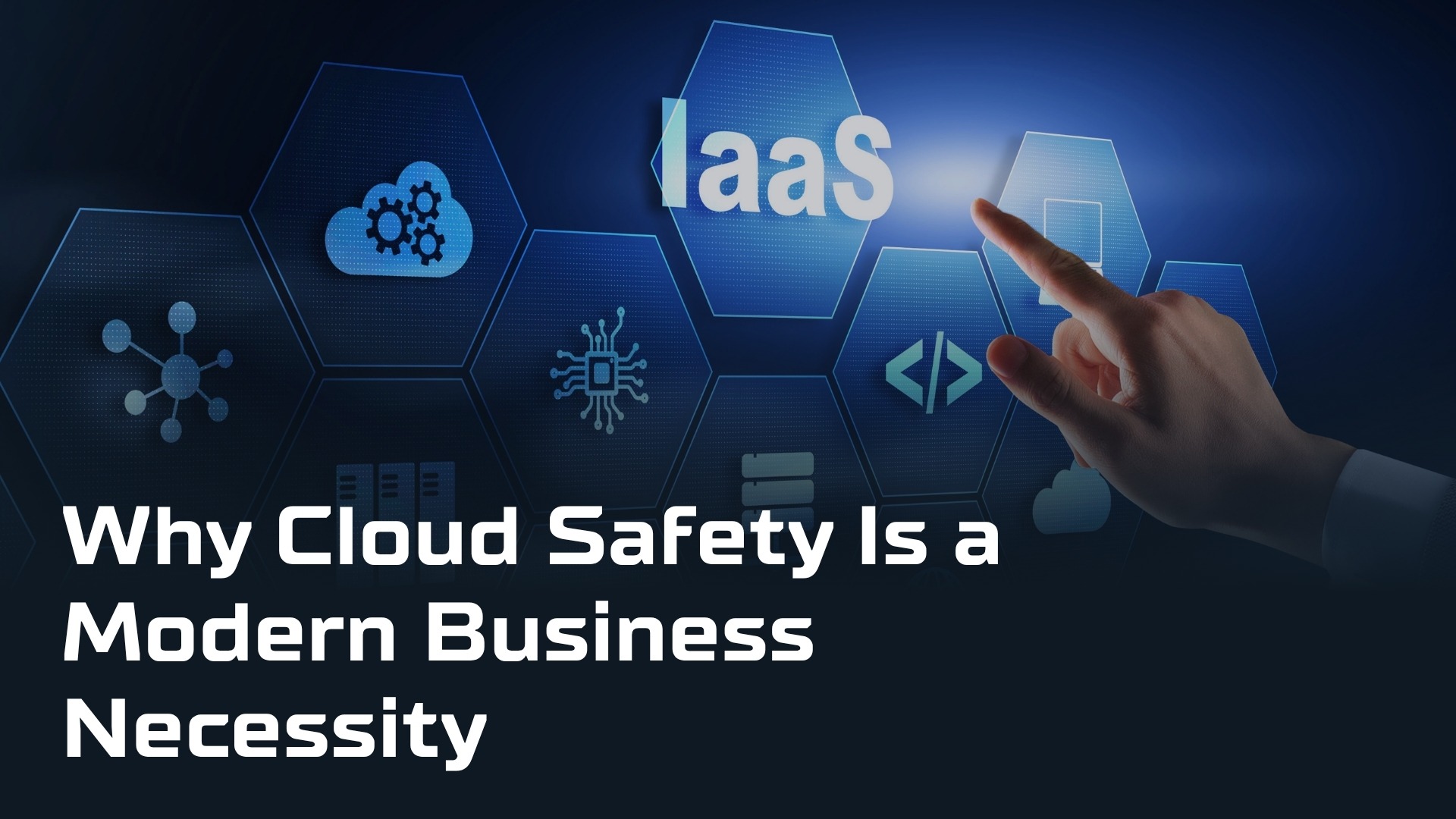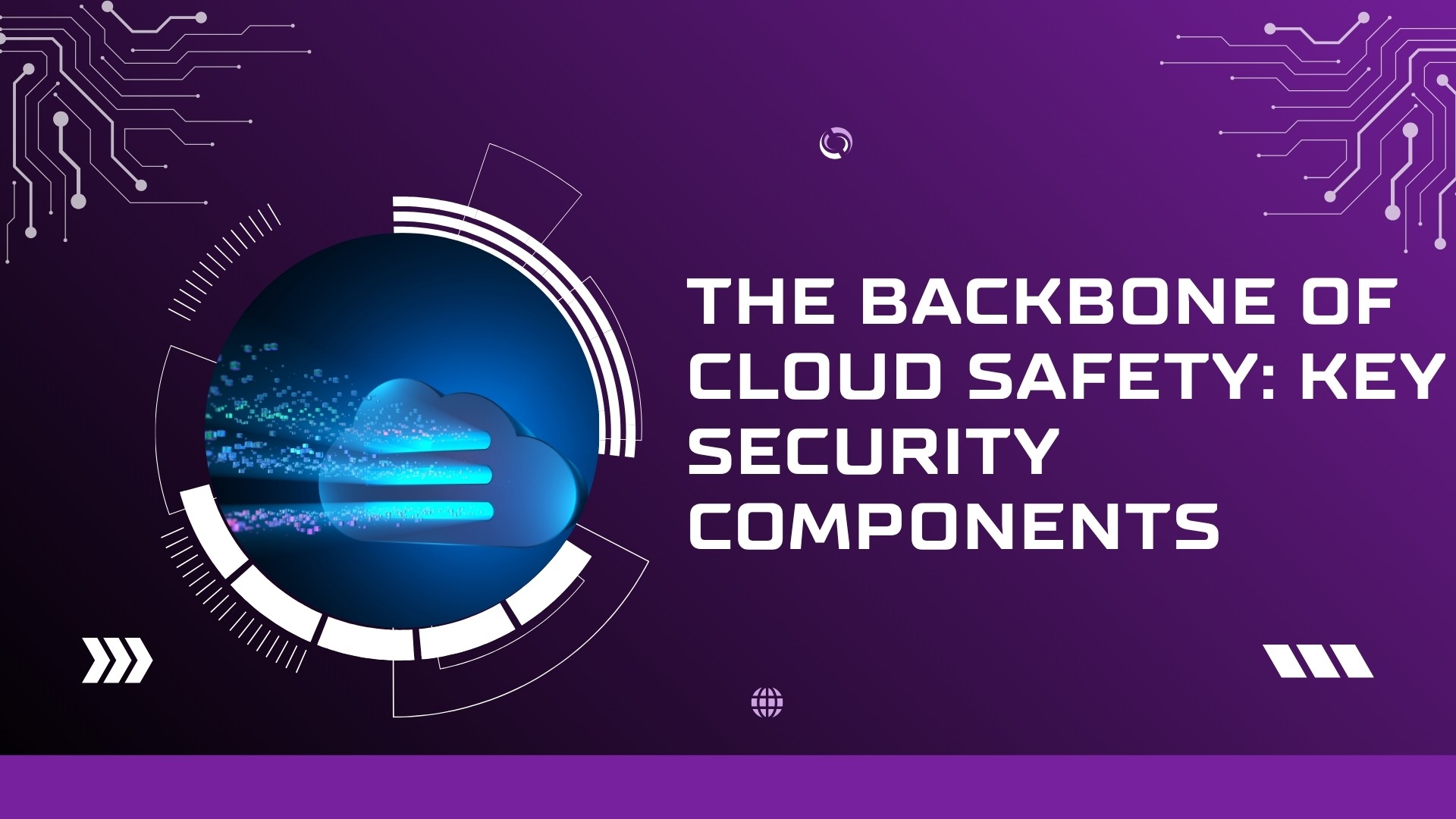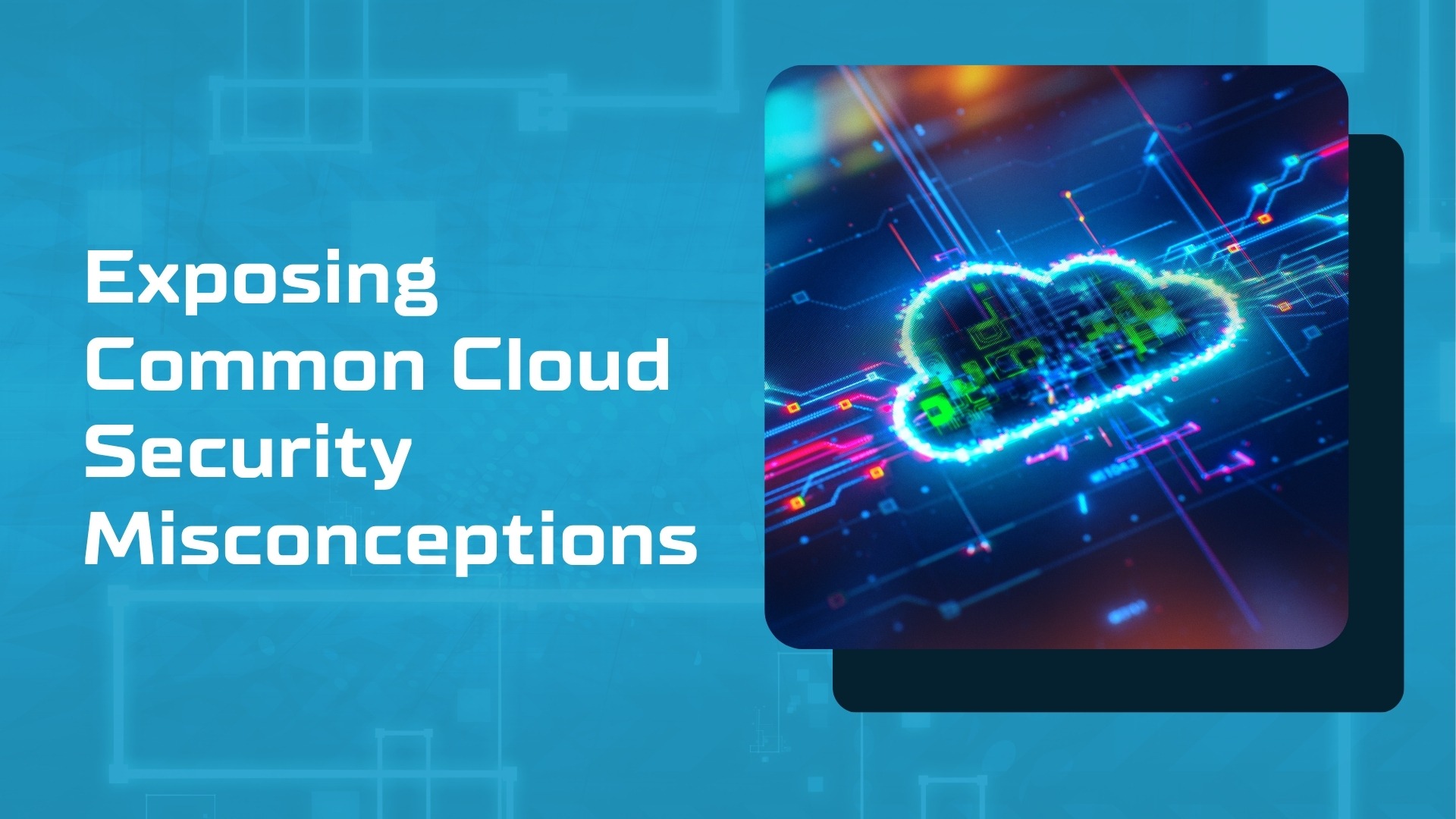In today’s fast-evolving digital landscape, businesses are increasingly moving workloads to the cloud. Cloud computing offers scalability, flexibility, and cost-efficiency, but it also introduces new security challenges that differ from traditional IT infrastructure. Understanding the distinction between cloud computing security and traditional IT security is critical for companies looking to protect sensitive data, maintain compliance, and ensure business continuity.
Whether you are a startup, SMB, or enterprise, knowing the nuances can help you choose the right cloud computing services and implement robust security measures tailored to your environment.
Key Takeaways
- Cloud computing security introduces shared responsibility, requiring both provider and client to manage security risks.
- Traditional IT security relies on on-premises infrastructure, giving organizations full control but requiring greater internal expertise.
- Companies seeking expert guidance can partner with providers offering cloud computing security in Bangalore to ensure scalable, compliant, and secure cloud adoption.
- Understanding differences helps businesses adopt hybrid or cloud-first strategies without compromising data protection.
Why Cloud Security Matters Today

Cloud computing is no longer just a cost-saving tool; it’s the backbone of modern IT operations. However, its benefits come with unique risks:
- Multi-tenancy: Shared servers increase the risk of cross-tenant data leaks.
- Remote access: Data and apps are accessed from anywhere, increasing the attack surface.
- Compliance: Cloud environments must comply with regulations like GDPR, HIPAA, or local data privacy laws.
Traditional IT setups, while physically contained, still face threats from insider breaches, ransomware, or outdated systems—but the approach to mitigation is different. Recognizing these distinctions helps organizations implement security effectively.
Cloud Computing Security vs. Traditional IT Security: Key Differences
|
|
|
|
|
|
|
|
|
|
|
|
|
|
|
|
|
|
|
|
|
|
|
|
|
|
|
|
Core Components of Cloud Computing Security

While traditional IT security focuses on firewalls, antivirus, and physical data center protection, cloud security emphasizes:
- Identity & Access Management (IAM)
- Ensure only authorized users access applications and data.
- Implement multi-factor authentication and role-based access control.
- Ensure only authorized users access applications and data.
- Data Protection & Encryption
- Encrypt data at rest and in transit.
- Use tokenization or secure key management for sensitive information.
- Encrypt data at rest and in transit.
- Threat Detection & Monitoring
- Continuous monitoring of cloud activity using Security Information and Event Management (SIEM) tools.
- Detect anomalous behavior or suspicious logins early.
- Continuous monitoring of cloud activity using Security Information and Event Management (SIEM) tools.
- Compliance & Auditing
- Ensure adherence to industry standards and regulations.
- Conduct regular audits to prevent violations.
- Ensure adherence to industry standards and regulations.
- Incident Response & Recovery
- Have a cloud-focused incident response plan.
- Include backup strategies and disaster recovery tailored for cloud infrastructure.
- Have a cloud-focused incident response plan.
Benefits of Cloud Security over Traditional IT Security
- Scalability: Security measures automatically scale with usage.
- Cost Efficiency: Pay-as-you-go models reduce upfront investment in hardware.
- Global Access: Teams can securely access applications and data from anywhere.
- Rapid Updates: Cloud providers handle patches and software updates automatically.
- Advanced Threat Intelligence: Many cloud providers offer AI-driven threat detection services.
Common Misconceptions About Cloud Security

- “Cloud is less secure than on-premises” – While control differs, reputable providers often have stronger physical and cyber defenses than most internal IT teams.
- “Encryption solves all problems” – Encryption is critical, but IAM, monitoring, and compliance are equally important.
- “Moving to cloud means outsourcing responsibility” – Cloud security follows a shared responsibility model; the client still protects applications and data.
How Businesses Can Secure the Cloud
- Conduct a risk assessment comparing cloud vs. on-premise threats.
- Choose cloud computing services with built-in security features and compliance certifications.
- Implement IAM, encryption, and endpoint security.
- Train employees on cloud security best practices.
- Partner with providers offering cloud computing security in Bangalore for expert guidance and monitoring.
Final Thoughts
The distinction between cloud computing security and traditional IT security lies primarily in control, responsibility, and threat landscape. While traditional IT gives complete control, cloud computing offers flexibility and scalability—but requires shared vigilance.
By understanding these differences, businesses can adopt the cloud confidently, safeguarding data, maintaining compliance, and unlocking the full potential of modern IT infrastructure. Partnering with a trusted provider ensures that security evolves alongside your digital transformation journey.













